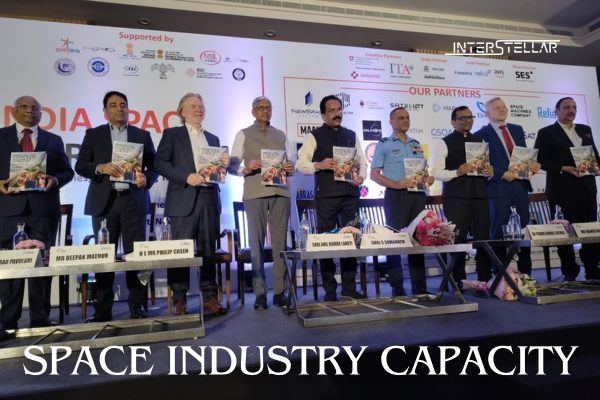“Space needs to inspire,” ISRO Chairman Dr S Somnath remarked a trifle philosophically, at the 3rd edition of the Indian Space Congress in Delhi, “It should give hope that humanity will not go extinct. Yet it must be commercially sustainable, so R&D is required.”
The point he was making is that space is not just about business, alluding to space and planetary exploration, even space tourism that have a romance of their own and kindled man’s fascination and interest through the centuries.
But as he underscored, a lot of the current space science-related activity whether in India or elsewhere, is driven by the potential economic and technology rewards on the horizon, and it is here he feels that India needs to step up the pace.
“The ecosystem needs to develop in India, industrial capacity is limited,” he noted, “a case in point is the LMV3 which has the capability to go to the moon but cannot return. We need more capacity.”
The LMV3 is ISRO’s heaviest launch vehicle which can place a 4-ton class satellite into geosynchronous transfer orbit. But clearly, it’s not enough.
India must become a manufacturing hub for space-related activity, Dr Somnath said, and launches unlike now, must be in quick succession. Some of the private space startups like Agnikul, are looking at 30 to 35 launches every year.
While demand is lacking as of now, it is expected to go up as the government’s space legislation, currently in draft form, is approved by parliament. This could happen by next year.
Industry for its part wants to get moving at the earliest and is seeking orders that would give them direction and some predictability to galvanise investment.
Most Indian space startups are focusing on applications, which is the way to go to since there can be only a limited number of companies in the technologically demanding field of developing launch vehicles or even satellites.
In that context, Somnath said that “ISRO must focus on limited future projects rather than doing all. New actors need to come in and its interesting to note that the cost of space access is coming down.”
Another point, the gap between the civilian and military spheres is decreasing as technology erases boundaries. In that sense, what is strategic will get blurred as technologies move back and forth between civilian and military domains. This development will have implications for the geopolitics of space.
India’s priority will be the moon, Dr Somnath said, while missions to Mars and Venus are also planned. The Gaganyaan mission involving a crewed spacecraft that will orbit the earth for three days is well underway with more tests of the unmanned vehicle.
Also, the ISRO-developed GSAT20 communication satellite is on its way to the US for launch by the Space X Falcon 9 rocket.





